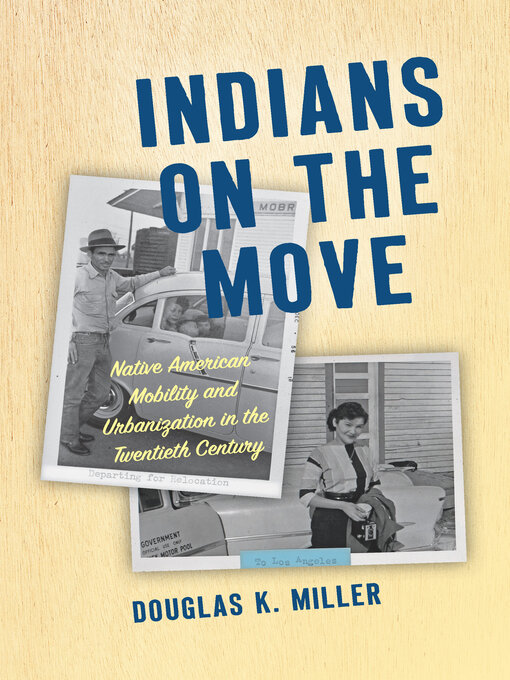- Fiction
- Nonfiction
- Biographies and Autobiographies
- Religion and Spirituality
- Politics
- Battle of the Books 2023
- RCCC Library Picks
- See all
-
Description
-
Details
-
Reviews
The dynamic histories of everyday people at the heart of this book shed new light on the adaptability of mobile Native American communities. In the end, this is a story of shared experience across tribal lines, through which Indigenous people incorporated urban life into their ideas for Indigenous futures.

Kindle Book
- ISBN: 9781469651392
- Release date: February 20, 2019
OverDrive Read
- ISBN: 9781469651408
- Release date: February 20, 2019
EPUB ebook
- ISBN: 9781469651392
- File size: 15296 KB
- Release date: February 20, 2019

Loading
The dynamic histories of everyday people at the heart of this book shed new light on the adaptability of mobile Native American communities. In the end, this is a story of shared experience across tribal lines, through which Indigenous people incorporated urban life into their ideas for Indigenous futures.

-
Details
Publisher:
The University of North Carolina Press
Kindle Book
ISBN: 9781469651392
Release date: February 20, 2019
OverDrive Read
ISBN: 9781469651408
Release date: February 20, 2019
EPUB ebook
ISBN: 9781469651392
File size: 15296 KB
Release date: February 20, 2019
-
Creators
- Douglas K. Miller - Author
-
Formats
-
Languages
English
-
Reviews

Loading
Why is availability limited?
×Availability can change throughout the month based on the library's budget. You can still place a hold on the title, and your hold will be automatically filled as soon as the title is available again.
The Kindle Book format for this title is not supported on:
×- - Kindle 1
- - Kindle 2
- - Kindle 4
- - Kindle 5
- - Kindle 7
- - Kindle DX
- - Kindle Keyboard
- - Kindle Paperwhite
- - Kindle Touch
- - Kindle Voyage
Read-along ebook
×The OverDrive Read format of this ebook has professional narration that plays while you read in your browser. Learn more here.
